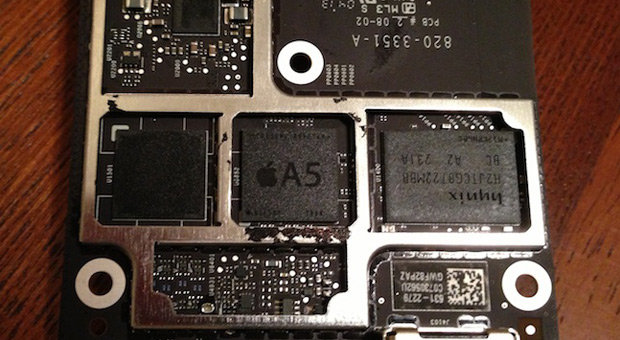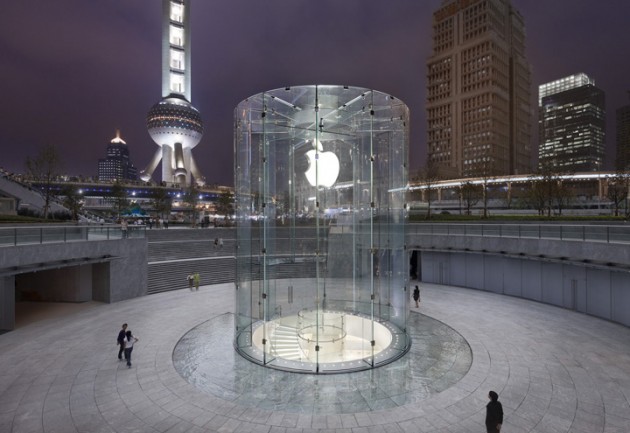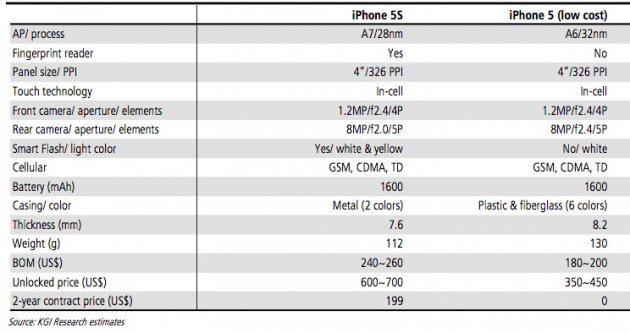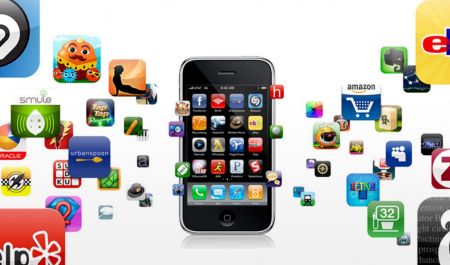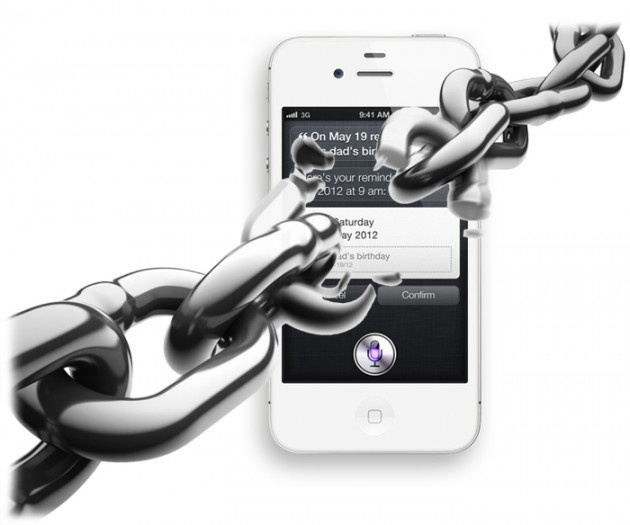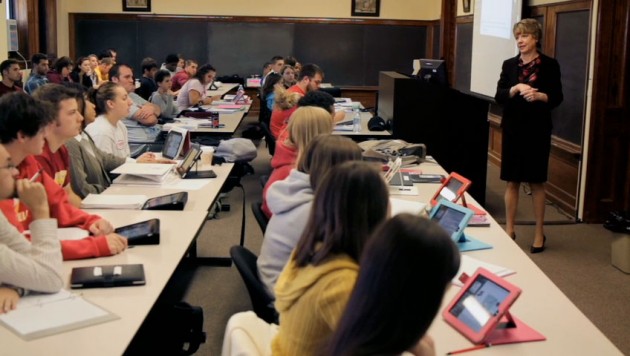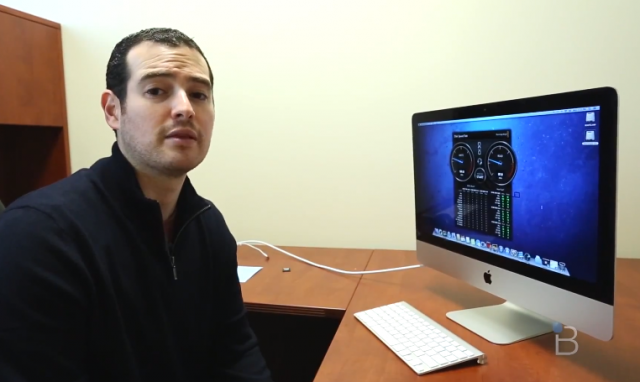 February is usually not a great month for the companies that supply Apple with its iOS and Mac device parts (Chinese New Year usually falls right in that month, and production in China always take a big downturn as people celebrate there). But this particular past February was especially bad, according to reports: Topeka Capital Markets analyst Brian White says that the suppliers for Apple that he tracks saw their sales data fall 31 percent over the past month, as compared to the usual 8 percent drop in past years. That makes for the worst February on record for Apple's suppliers, which may or may not soon have an impact on Apple.
February is usually not a great month for the companies that supply Apple with its iOS and Mac device parts (Chinese New Year usually falls right in that month, and production in China always take a big downturn as people celebrate there). But this particular past February was especially bad, according to reports: Topeka Capital Markets analyst Brian White says that the suppliers for Apple that he tracks saw their sales data fall 31 percent over the past month, as compared to the usual 8 percent drop in past years. That makes for the worst February on record for Apple's suppliers, which may or may not soon have an impact on Apple.
Now, with Apple's suppliers showing low sales data, that could mean more opportunity for Apple to step in with its big pile of cash and make sure that it has more components than ever to build new devices with, so it's not entirely clear that this will be a bad thing for the company from Cupertino. But of course Apple depends on these suppliers, and if they suffer increased economic pressure for any reason, Apple could experience consequences for its own business.
[Source: TUAW]


